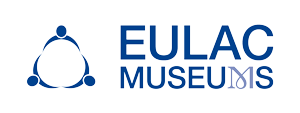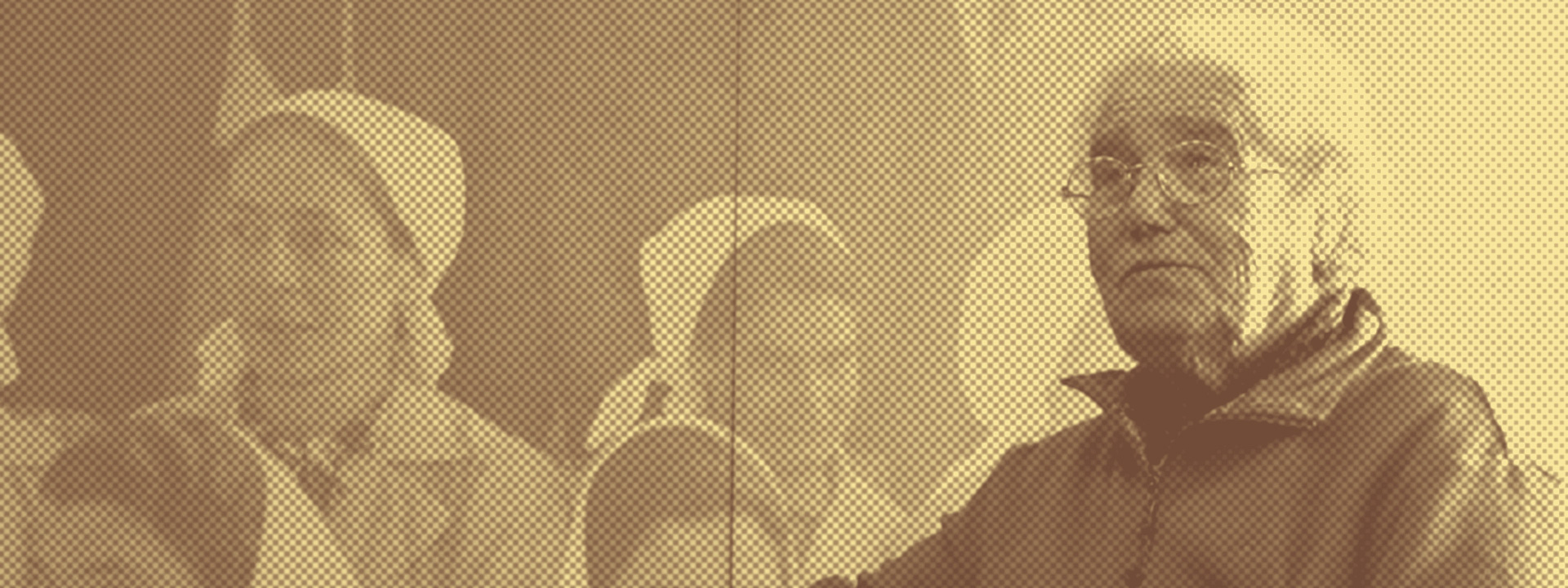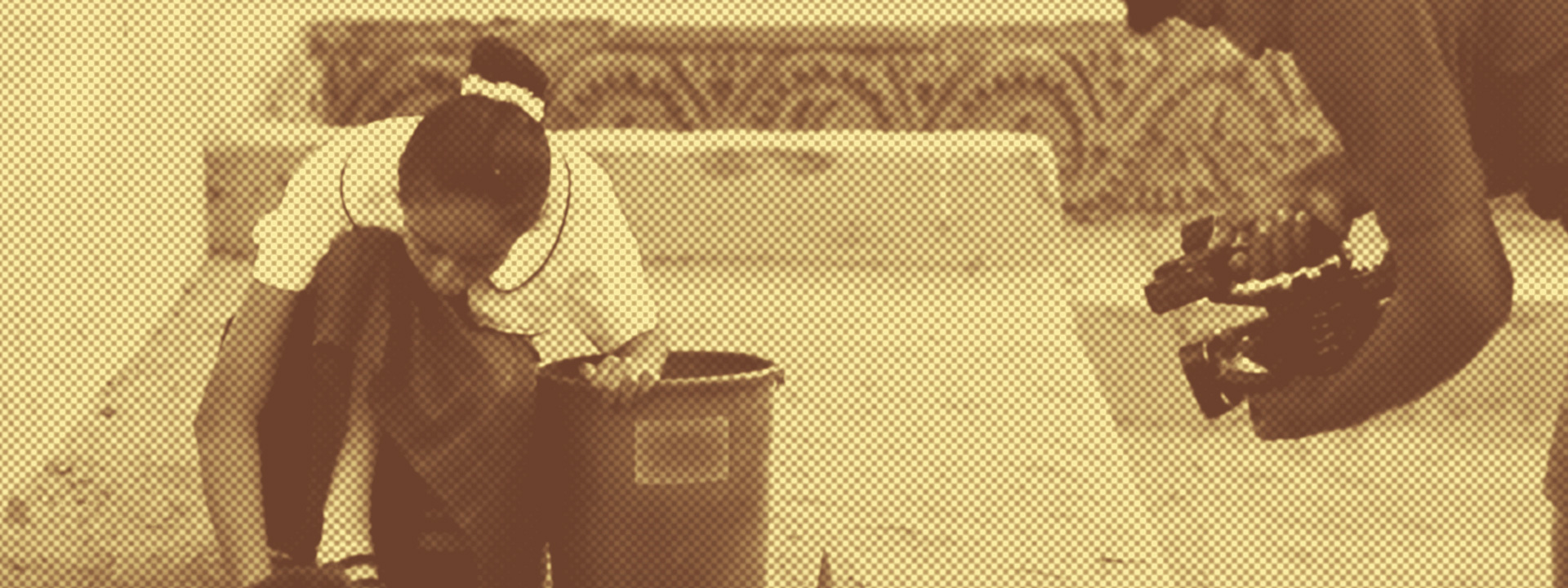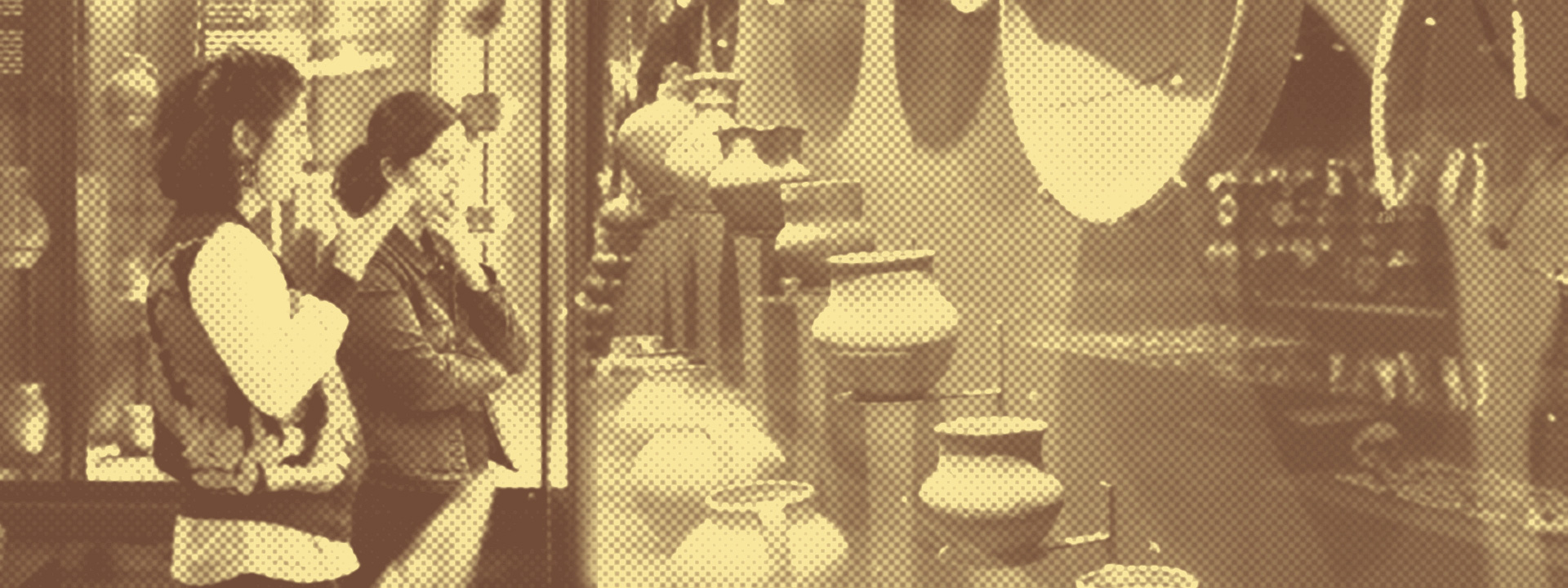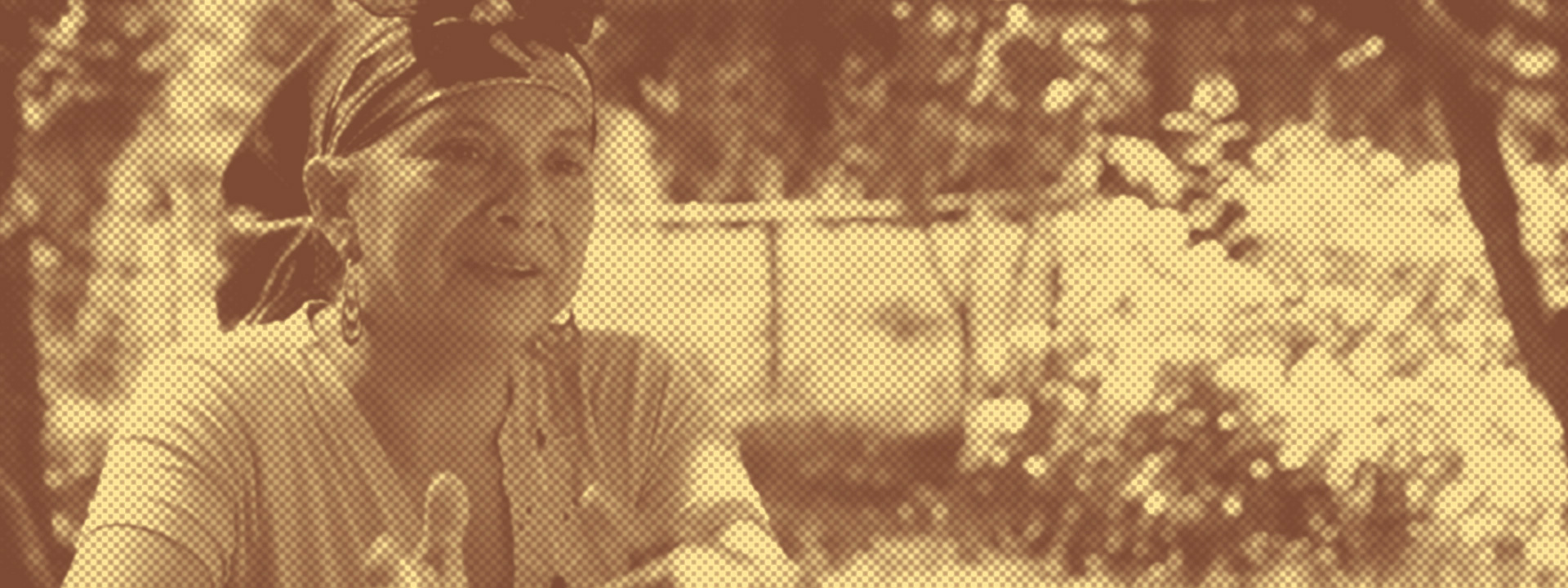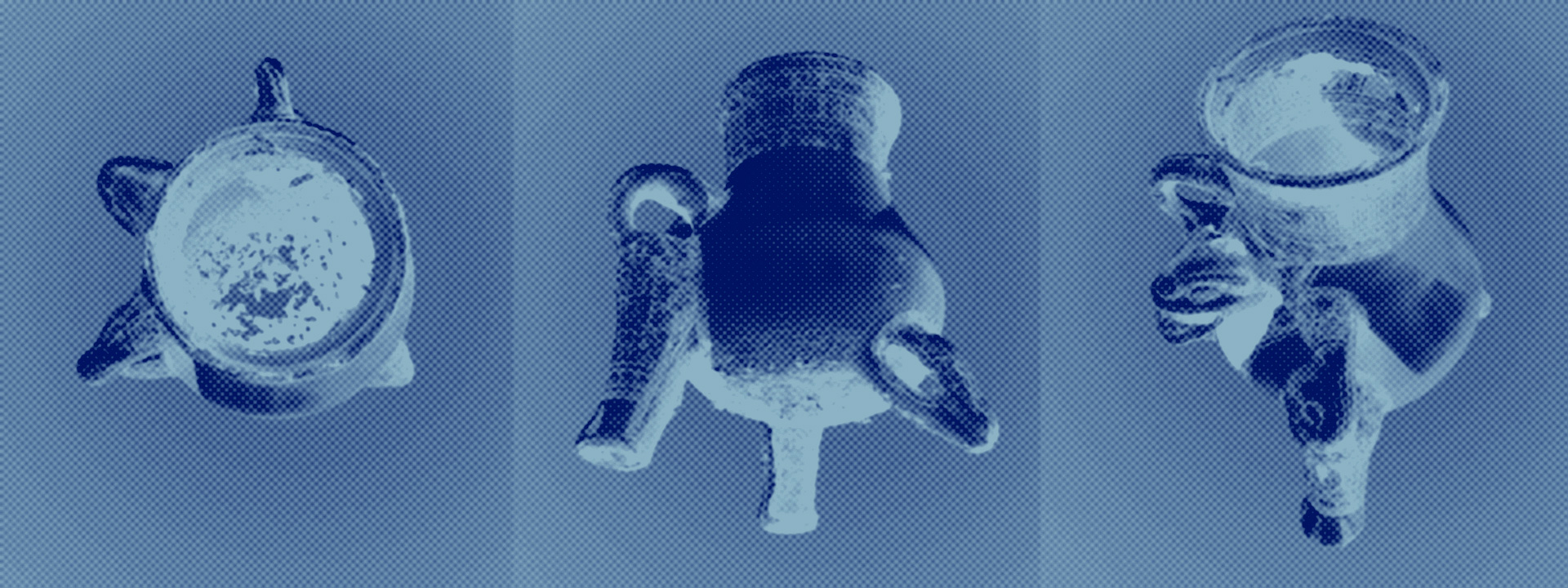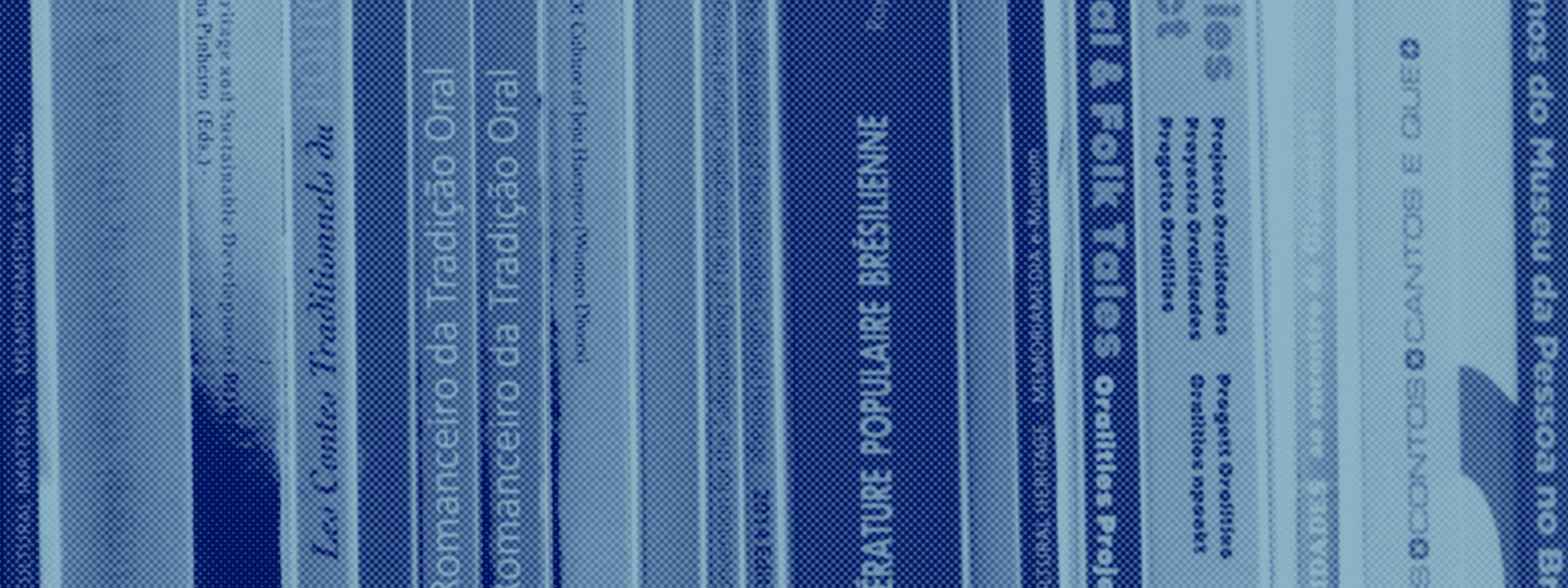ICOMInternational Council of MuseumsRepresenting the global museum community |
Consejo Internacional de los MuseosRepresentar a la comunidad mundial de los museos |
|
|
ICOM’s network of members is structured in committees working in cooperation. The 119 National Committees ensure that interests of the organisation are managed in their respective countries and contribute to the implementation of the organisation’s programmes. The Regional Alliances are forums designed to promote dialogue among the National Committees of a given region. The 30 International Committees are global think tanks bringing together experts in different museum specialties. |
La red de miembros del ICOM está organizada en comités que colaboran entre sí. Los 119 Comités nacionales garantizan la gestión de los intereses del ICOM en sus respectivos países y contribuyen a la realización de los programas del ICOM. Las Alianzas regionales son foros dedicados al diálogo entre los Comités nacionales de una región determinada. Los 30 Comités internacionales son centros mundiales de reflexión que reúnen a expertos en especialidades museísticas. |
|
|
Museums and Community at ICOM Thanks to its network of museum experts in all specialties, ICOM regularly tackles the topic of museums and community in its worldwide activities including research, publications, conferences and debates. EULAC MUSEUMS project was conceived under the auspices of ICOM in 2014. Another recent initiative is the 2016 Milan cooperation Charter “Ecomuseums and cultural landscape”, which was developed as part of the 2016 ICOM General Conference wich took place in Milan, Italy, by a group of cultural professionals engaged in community -based projects for heritage management, aimed at local development. The Charter seeks to gear the actions of museums towards shared objectives and foster cooperation between ecomuseums and community museums. |
Museos y Comunidad en el ICOM Gracias a su red de expertos de especialidades museísticas, ICOM regularmente aborda el tema de los museos y la comunidad a través El proyecto EULAC MUSEUMS fue concebido bajo los auspicios del ICOM en 2014. Otra iniciativa es la Carta de cooperación de Milano 2016 «Ecomuseos y Paisajes Culturales», fue desarrollada en Conferencia general del ICOM 2016 (Milano, Italia) por profesionales de la cultura comprometidos en proyectos comunitarios de gestión del patrimonio para el desarrollo local. El objetivo es orientar las acciones de los museos hacia objetivos comunes y fomentar la cooperación entre el mundo de los ecomuseos y de los museos comunitarios. |
|
